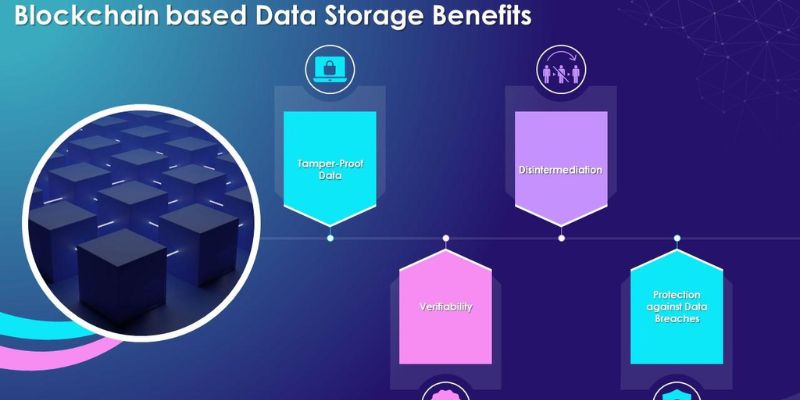For many countries around the world, July was one of the hottest months on record. The scorching temperatures led to devastating wildfires and widespread displacement of residents. However, as the wildfires subside, another environmental issue arises: air pollution caused by extreme temperatures.

The combination of charred habitats and lingering smoke poses a significant threat to human and environmental health. Studies suggest that wildfire smoke and related air pollution cause over 33,000 deaths annually and impact the health of hundreds of thousands of people. Recognizing the urgency, the United Nations Environment Programme (UNEP) is working with partners to find innovative solutions to promote environmental sustainability and combat pollution.
Experts believe that in the coming years, digital technology will play a crucial role in understanding and addressing environmental hazards. Through a digital ecosystem of data platforms, the world can effectively combat air pollution, methane emissions, and other environmental challenges. These partnerships and initiatives are garnering attention as they have the potential to create systemic change at an unprecedented speed and scale.

To tackle air pollution, UNEP has developed various digital initiatives as part of its Digital Transformation program. One such initiative is the Global Environment Monitoring System for Air (GEMS Air). In partnership with Swiss technology company IQAir, GEMS Air is the world’s largest air pollution network, covering 5,000 cities. The platform provides real-time data on air quality, and its information is streamed into digital billboards to alert people about air quality risks. Efforts are underway to integrate this capability directly into mobile phone health applications.
Building on the success of GEMS Air, UNEP has developed three other digital platforms to showcase the power of data and technology. The Freshwater Ecosystem Explorer provides detailed information on the state of lakes and rivers worldwide. It offers free and open data on permanent and seasonal surface waters, wetlands, and more. This initiative helps countries track their progress towards achieving Sustainable Development Goal Target 6.6.
Another critical focus of UNEP is reducing methane emissions, a potent greenhouse gas. Through the International Methane Emissions Observatory (IMEO), UNEP collects data from various sources to track the origins of methane emissions. The observatory works with petroleum companies to improve the accuracy and transparency of methane emissions reporting. By reducing human-caused methane emissions by 45% this decade, UNEP estimates that nearly 0.3°C of global warming could be avoided by the 2040s.

UNEP is also supporting the United Nations Biodiversity Lab 2.0, a platform that provides data and maps highlighting the extent of nature, the effects of climate change, and human development. The lab helps decision-makers visualize natural systems and integrate nature into sustainable development practices.
All of UNEP’s digital platforms are being integrated into the World Environment Situation Room. This digital ecosystem allows users to monitor progress against key environmental Sustainable Development Goals and multilateral agreements at various levels.
In conclusion, digital technology and innovation have emerged as powerful tools in protecting the planet. UNEP’s initiatives, such as GEMS Air, the Freshwater Ecosystem Explorer, IMEO, and the United Nations Biodiversity Lab, showcase the potential of data-driven decision-making and technological advancements in combating environmental challenges. By leveraging digital platforms and partnerships, we can accelerate global environmental action and work towards a sustainable future for our planet.
FAQs

Q: What is UNEP?
A: UNEP stands for the United Nations Environment Programme. It is an agency of the United Nations that works towards promoting environmental sustainability and addressing environmental challenges on a global scale.
Q: How does digital technology help combat air pollution?
A: Digital technology enables real-time monitoring of air quality, allowing timely interventions to reduce pollution levels. It also helps raise awareness among the public and facilitates data-driven decision-making to address the sources of air pollution.
Q: What is the International Methane Emissions Observatory (IMEO)?
A: The IMEO is an initiative led by UNEP that collects data from various sources to track methane emissions. It works with petroleum companies to improve reporting accuracy and transparency. By reducing methane emissions, we can significantly mitigate global warming and its adverse impacts.
Q: How does the United Nations Biodiversity Lab help in preserving nature?
A: The United Nations Biodiversity Lab provides data and maps that highlight the extent of nature, the effects of climate change, and human development. Decision-makers can use this information to integrate nature into sustainable development practices and safeguard biodiversity.
Q: What is the World Environment Situation Room?
A: The World Environment Situation Room is a digital ecosystem that integrates UNEP’s digital platforms and allows users to monitor progress against key environmental Sustainable Development Goals and multilateral agreements at different levels.
Conclusion
The world is facing pressing environmental challenges, from air pollution to climate change. However, digital technology and innovation offer hope in combating these issues. UNEP’s digital initiatives, such as GEMS Air, the Freshwater Ecosystem Explorer, IMEO, and the United Nations Biodiversity Lab, exemplify the power of data and technology in protecting the planet. By leveraging these tools and fostering partnerships, we can accelerate global environmental action and work towards a sustainable future.


